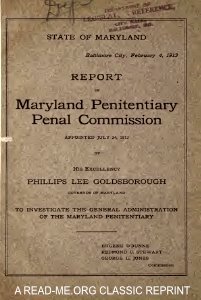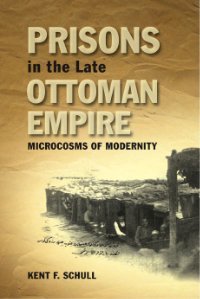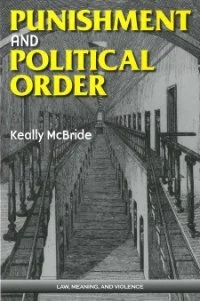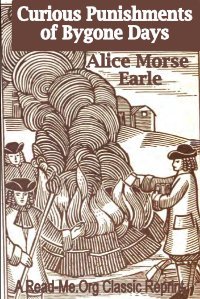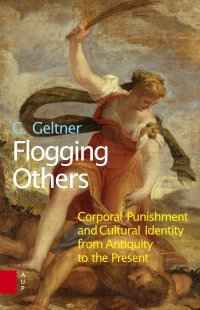By Rachel E. Bennett.
Capital punishment has a long and storied global history. Within the annals of this penal narrative, the eighteenth and nineteenth centuries have offered a sustained attraction to historians of Western Europe. However, studies of the Scottish capital punishment experience have remained limited by comparison. This book seeks to redress this scholarly lacuna. Based upon an extensive gathering and analysis of previously untapped resources, it takes the reader on a journey from the courtrooms of Scotland to the theatre of the gallows. It introduces them to several of the malefactors who faced the hangman’s noose and explores the traditional hallmarks of the spectacle of the scaffold. The study demonstrates that the period between 1740 and 1834 was one of discussion, debate and fundamental change in the use of the death sentence and how it was staged in practice. In addition, it contextualises the use of capital punishment against the backdrop of key events in Scottish history in this period including Anglo-Scottish relations in the wake of the 1707 Act of Union, the aftermath of the 1745 Jacobite Rebellion and the rapid industrialisation and urbanisation witnessed by the country. In doing so, the current study goes beyond redressing a scholarly gap and instead demonstrates that an exploration of Scotland’s unique capital punishment history enhances the current feld in some areas but provides a crucial caveat to the broader narrative in others. Finally, this study writes the post-mortem punishment of the criminal corpse into Scotland’s capital punishment history. In demonstrating that the journey of several capitally convicted offenders, predominantly murderers, did not end upon the scaffolds of Scotland, it takes the reader from the theatre of the gallows to the dissection tables of Scotland’s main universities and to the foot of the gibbets from which criminal bodies were displayed. In doing so it identifes an intermediate stage in the long-term disappearance of public bodily punishment.
Basingstoke, UK: Springer Nature, 2018. 243p.










